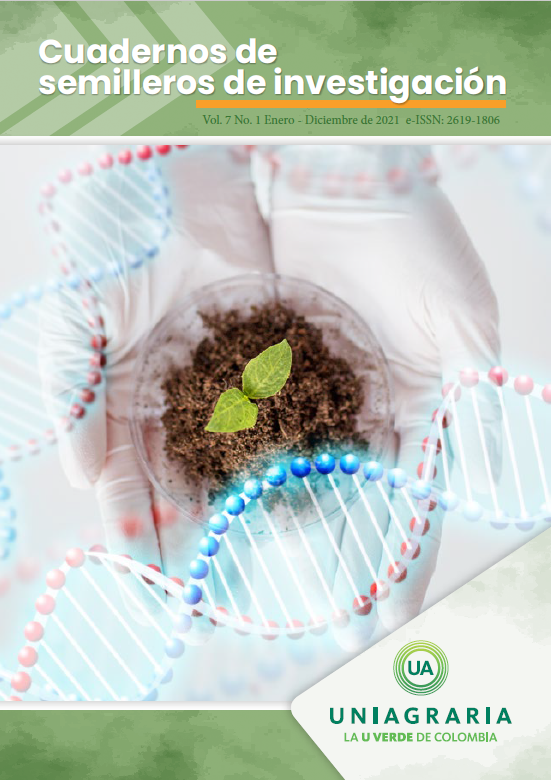Abstract
The purpose of this work is to extract anthocyanins from cabbage and purple onions, and use them as a substitute for synthetic indicators are costly, toxic to health and pollute the environment. Anthocyanins will be used to qualitatively identify the acidic, neutral and basic character of different substances and as indicators in acid-base titrations. Currently, the indicators used in the laboratory come from a synthetic origin, as is the case of phenolphthalein where the European regulations consider it as a potentially toxic product and recommend the replacement by less dangerous products. The methodology used to extract the anthocyanins was an aqueous extraction, using water as a solvent and heating for approximately 10 minutes, subsequently the indicator was stored in an amber bottle to prevent the degradation of anthocyanins and followed by this the pH was determined of substances such as: bicarbonate, lemon juice, milk, chlorine, egg white and water was determined of substances such as: bicarbonate, lemon juice, milk, chlorine, egg white and wáter. The pH results of these substances were compared with that reported in the literature, in the case of bicarbonate there was a deviation of 20%, while in the other substances it was less than 14%. In conclusion, anthocyanins from purple cabbage function as a natural indicator of pH, studies in conservation methods is a promising system for use in laboratory pedagogical applications.Downloads
Download data is not yet available.
